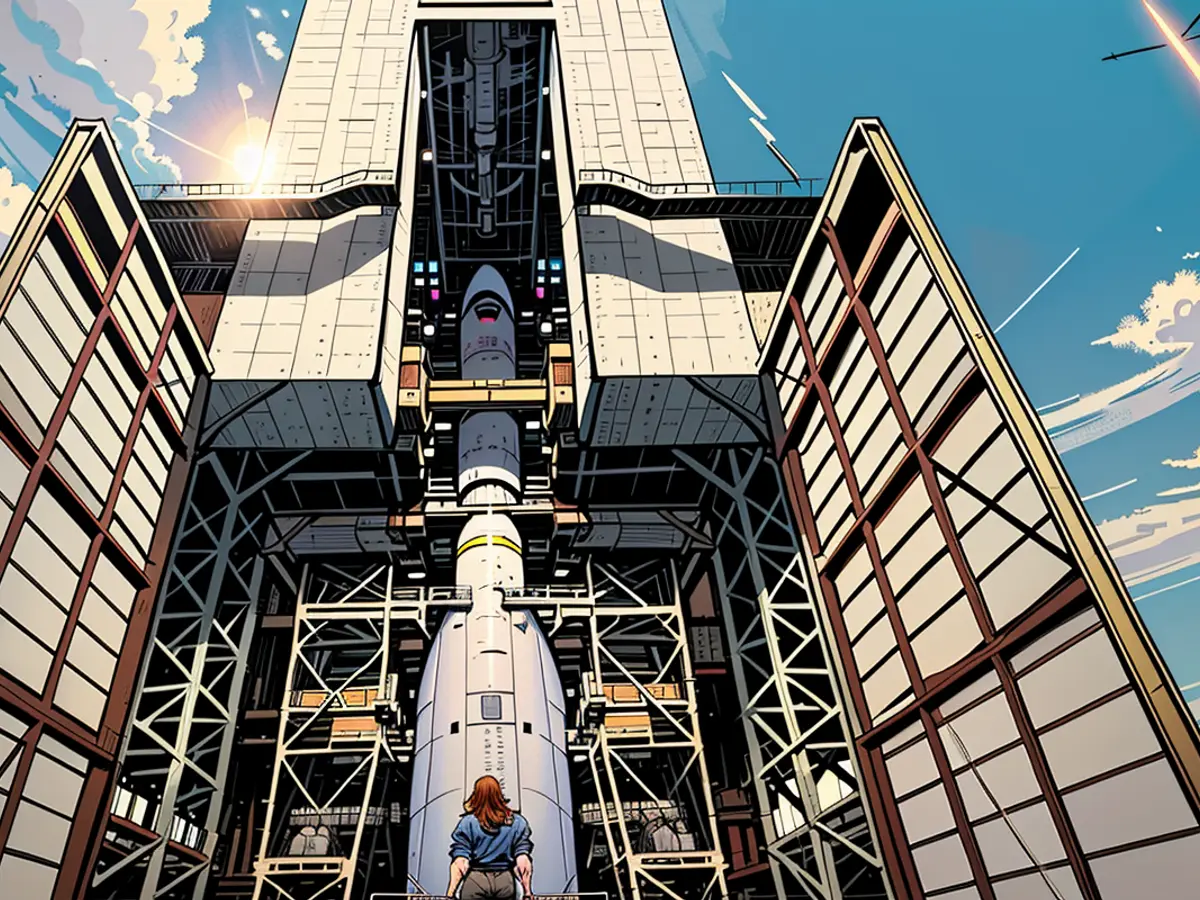- La crise du secteur spatial européen a été visée pour être laissée derrière avec le lancement réussi du nouveau roqueton européen Ariane 6.
- Le premier vol spatial du roqueton Ariane 6 a eu lieu du port spatial européen de Kourou, en Guyane française, ce qui est significatif pour le voyage spatial en Europe et en France.
- Le échec du lancement commercial de Vega C en décembre 2022 a causé des problèmes pour les satellites légers, aucune autre tentative n'ayant été faite jusqu'à une lancement prévu en milieu novembre.
- La réussite du vol spatial Ariane 6 est attendue pour encourager le voyage spatial en France et en Europe, promouvant la science et les avancées technologiques dans le voyage spatial et la technologie des satellites.
Voyage dans l'espace - Lancement du nouveau lanceur européen Ariane 6
Les mercredi, vendredi et samedi : mercredi, jeudi et samediLundi, mardi et jeudi : lundi, mardi et jeudiMardi, jeudi et samedi : mardi, jeudi et samediJeudi, vendredi et samedi : jeudi, vendredi et samediDimanche, lundi et mardi : dimanche, lundi et mardiLundi, mardi et jeudi : lundi, mardi et jeudiMardi, jeudi et vendredi : mardi, jeudi et vendredi
```markdown- The new European carrier rocket Ariane 6 has taken off to space for the first time.- The rocket lifted off at 21.00 hours (MESZ) from the European spaceport in Kourou, French Guiana.- Europe's space sector aims to leave the crisis behind and establish a new access to space for satellites with the start of the Ariane 6.
- The Ariane 6 is the successor model of the Ariane 5, which was in use from 1996 to summer 2023.
- It is intended to promote satellites for commercial and public clients into space and is significantly cheaper than its predecessors.
- For the head of the European Space Agency (ESA), Josef Aschbacher, the Ariane 6 marks a new era of autonomous and versatile space travel.
- The rocket can deliver satellites into various orbits. It can be equipped with two or four boosters and can launch geostationary satellites with a total weight of 11.5 tons into space. For satellites with a lower Earth orbit, a total weight of up to 21.6 tons is possible.
- The ESA plans to use the rocket, which was originally scheduled to fly into space in 2020, at least until the middle of the 2030s.
- The Ariane 6 is expected to make its first commercial start before the end of the year.
- Germany, after France, is the most significant contributor to the Ariane 6 among ESA countries with around 20%.
- The upper stage of the rocket is assembled in the Bremen workshop of the space consortium ArianeGroup.
- The main stage is built in the French town of Les Mureaux.
- Since the last Ariane 5 took off to space almost exactly a year ago, the ESA had no longer had its own transporters to bring large satellites into space.
- There were also problems with lighter satellites: After the failed commercial launch of Vega C in its first flight in December 2022, no further attempts were made. It is scheduled to fly again in mid-November.
- The success of the Ariane 6 space travel is expected to encourage space travel in France and across Europe, promoting science and technological advancements in space travel and satellite technology.```






